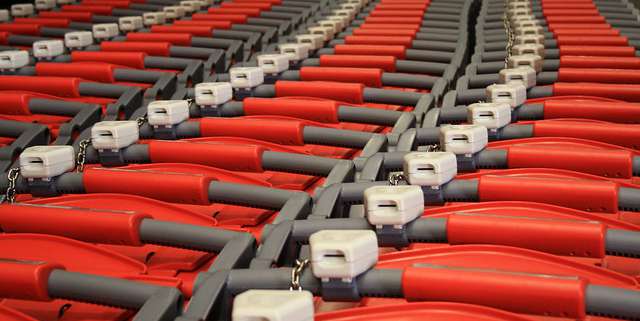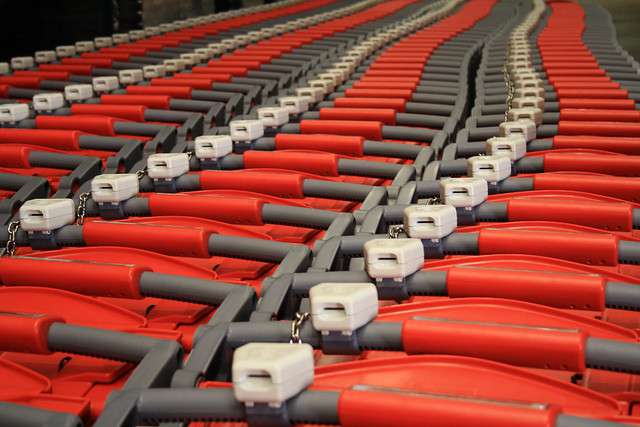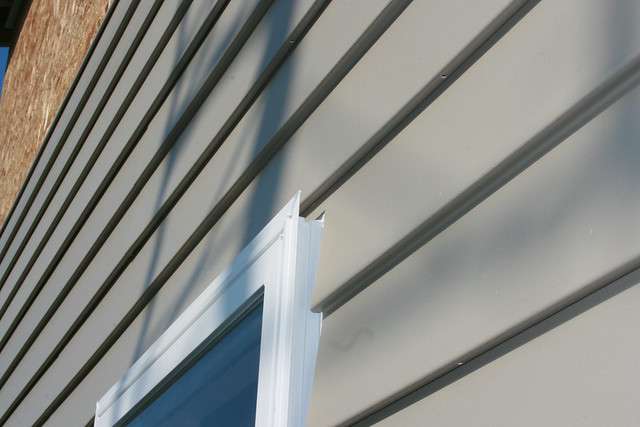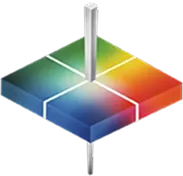
Plastics manufacturing is a complex, multi-step process that moves at rapid speeds to create high product yields. Maintaining color quality and consistency throughout the manufacturing processes can be difficult, but advancements in color process automation technology offer continual monitoring for real-time identification of color changes. Continual monitoring, from pellet colors and extruded plastics to pre-formed products, allows for automatic adjustments to be set, creating a more efficient and cost-effective process stream. New technology provides affordable options in color process measurement using smaller self-contained instrumentation that can easily adapt to any production line.

Plastic is a versatile product that is used for many different applications. Developing a system for plastic color monitoring ensures product consistency and quality.
Image Source: Flickr user Polycart



